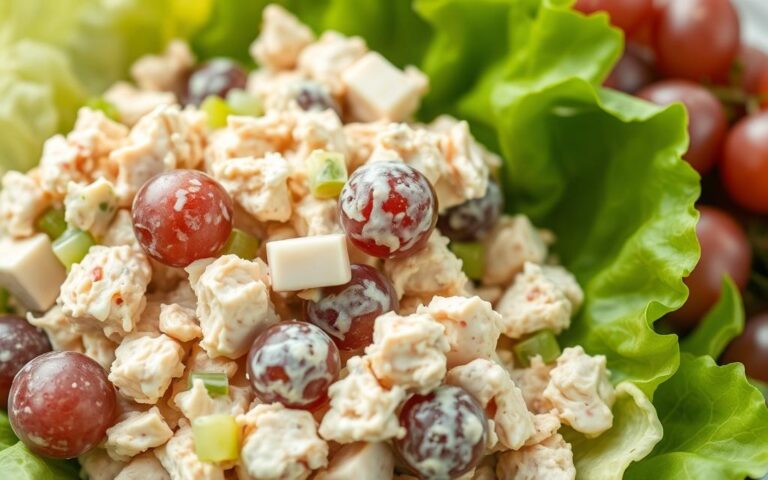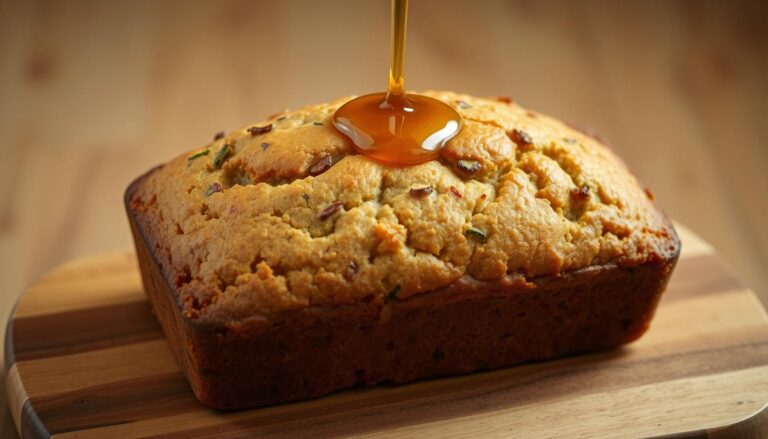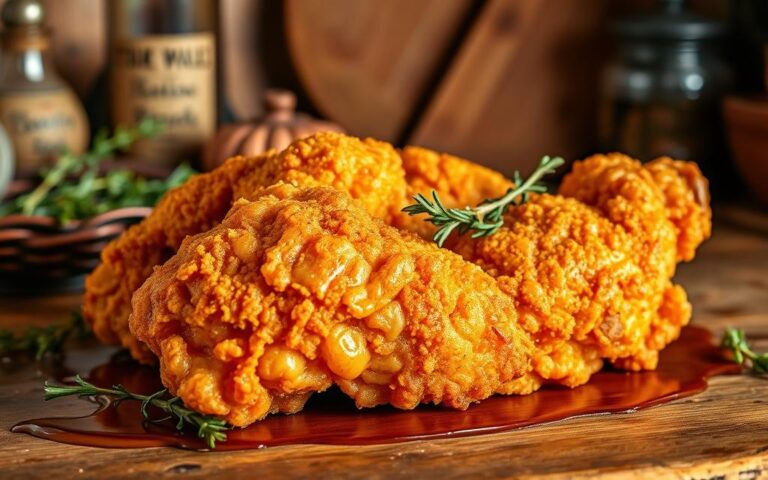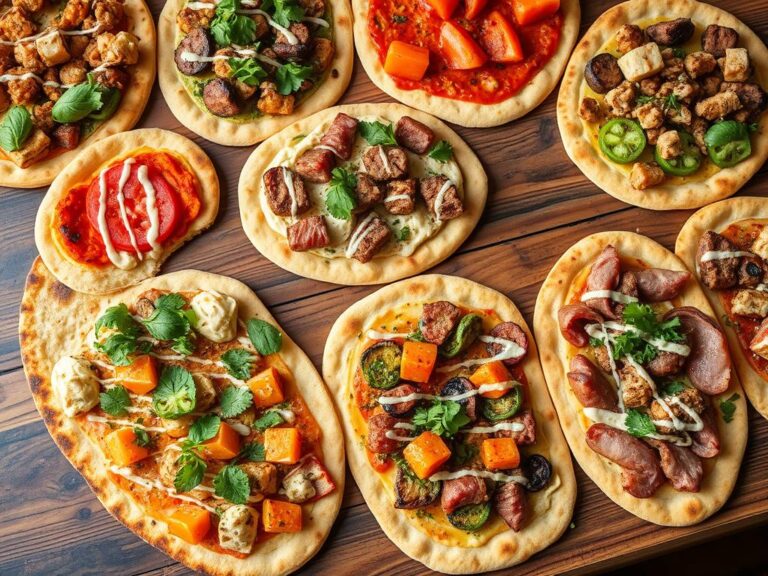How to Lose Weight Quickly in 3 Easy Steps
This post may contain affiliate links which means I may receive a commission for purchases made through links at no extra cost to you. I only recommend products I truly believe in. Thank you for your support!
One of the simplest ways to lose weight quickly is to eat the right foods and exercise. This can be done by taking the stairs, swimming, or simply walking around your block. When planning your diet, focus on fruits, vegetables, and proteins. Talk to your doctor about how many calories you should consume. If you’re overweight, you can consult a nutritionist or dietitian for specific recommendations. Keeping track of your calorie intake is an important step toward losing weight.
Eat a well-balanced diet
Eating a balanced diet is vital for achieving your weight loss goals. Many people fail to do this and end up overeating, causing health problems. The good news is that there are many ways to eat healthily and lose weight. Many health experts recommend the Nordic diet, which is based on food grown in the Nordic countries. This diet is high in omega-3 fatty acids and low in fat.
Eating a well-balanced diet includes whole grains and lean meat, along with vegetables, fruits, nuts, seeds, and legumes. Reduced-sugar and trans-fat options are acceptable. While these are more costly, they can also help you lose weight fast. The good news is that these foods are low in calories and have a high nutritional value. They are also low in sodium and sugar.
Increase calorie burning
If you’re trying to lose weight, it’s important to increase calorie burning to make sure that you’re losing fat. To do this, you need to understand how your body burns calories, and how your eating habits affect how many calories you’re burning. If you’re ready to take action to lose fat, here are three steps you should take. You’ll be able to lose weight faster if you can burn more calories than you take in.
Increasing the intensity of your workouts can also help increase your calorie burn. In addition to helping burn calories, exercise also maintains lean muscle mass. Without exercise, you’ll lose about one-quarter of your lean muscle mass. By increasing muscle mass, you’ll increase your metabolic rate, which will help you burn more calories in your daily activities. And as a bonus, you’ll also feel better.
Drink plenty of water
Studies show that drinking plenty of water before meals can help you lose weight. It also helps you feel full quicker, which means you’ll eat less. You’ll also be more likely to avoid unnecessary snacks. Another reason to drink water before meals is because it can curb your appetite. Many people mistake thirst for hunger and end up snacking despite not being hungry. Having water in your stomach also keeps your body hydrated, which can help you feel full longer.
Water is a powerful tool for losing weight. It speeds up your metabolism, suppresses appetite, and helps you shed water weight. The recommended daily amount is eight to ten glasses of water. If you don’t like drinking water, consider adding flavored water to your diet. You can even buy flavor packets with no calories. In addition to water, you can also drink tea and coffee to stay hydrated.
It is important to remember that the amount of water you need depends on your size, activity level, and location. The average American consumes around five cups of water per day. However, if you’re an active person, you’ll need to drink more. A person who weighs 150 pounds needs between 75 and 150 ounces of water per day. Similarly, a person living in a hot climate needs more water than a sedentary person.
Water is also essential for maintaining your weight. Drinking water helps you feel full longer. The trick is to drink water right before meals. When you’re hungry, you’re more likely to snack on unhealthy food. But water is a great way to curb overeating and keep a healthy weight. It also cures dehydration and curbs overeating. If you’re on a diet, make sure you drink plenty of water.
Avoid fatty foods
There are a number of reasons why you should avoid fatty foods to lose weight fast. The saturated and trans fats are dangerous because they can cause heart disease. Sugary foods are high in fat, as well as snack foods. You should check the labels of everything you eat to find out how much fat is in each product. Another reason why you should avoid fatty foods is that sauces and toppings can add up to a large amount of fat in your diet.
If you can’t avoid all foods with fats, choose lean meats and whole-grain breads. Instead of eating fatty snacks, choose low-fat versions of them. Also, you should cut out visible fat from meats before cooking them. Instead, roast lean meats, broil them, or boil them. Instead of cream, try using nonfat or low-fat spreads or marinades.
Similarly, when you eat out, choose foods that are grilled, baked, or boiled instead of deep-fried. Avoid dishes with creamy sauces. Salads should be dressed separately, instead of combined with the main course. Desserts should be low-fat options, such as sherbet, frozen yogurt, fresh or frozen fruit, or ice cream. Make sure that you limit yourself to the appropriate portion size.
Increase physical activity
When attempting to lose weight quickly, it’s crucial to make exercise a part of your life. By increasing physical activity, you can achieve a wide variety of health benefits. According to the Physical Activity Guidelines for Americans, significant weight loss requires at least 5% loss of body weight, along with 300 minutes of moderate-intensity activity per week. For those of you struggling to lose weight, cutting 500 calories from your daily intake can feel too restrictive. To keep you on track, create a daily calorie deficit through exercise.
If you’re new to exercise, you should begin by working up to 150 minutes of moderate-intensity aerobic activity each week. This includes walking for at least 30 minutes five days a week. Whether you’re running a marathon or simply hiking a few blocks, you’ll reap the health benefits of increased physical activity. And don’t forget to incorporate strength training into your workouts, preferably twice a week. The weights you use should be heavy enough to exhaust your muscles after 12-15 repetitions.







9 Comments
Comments are closed.